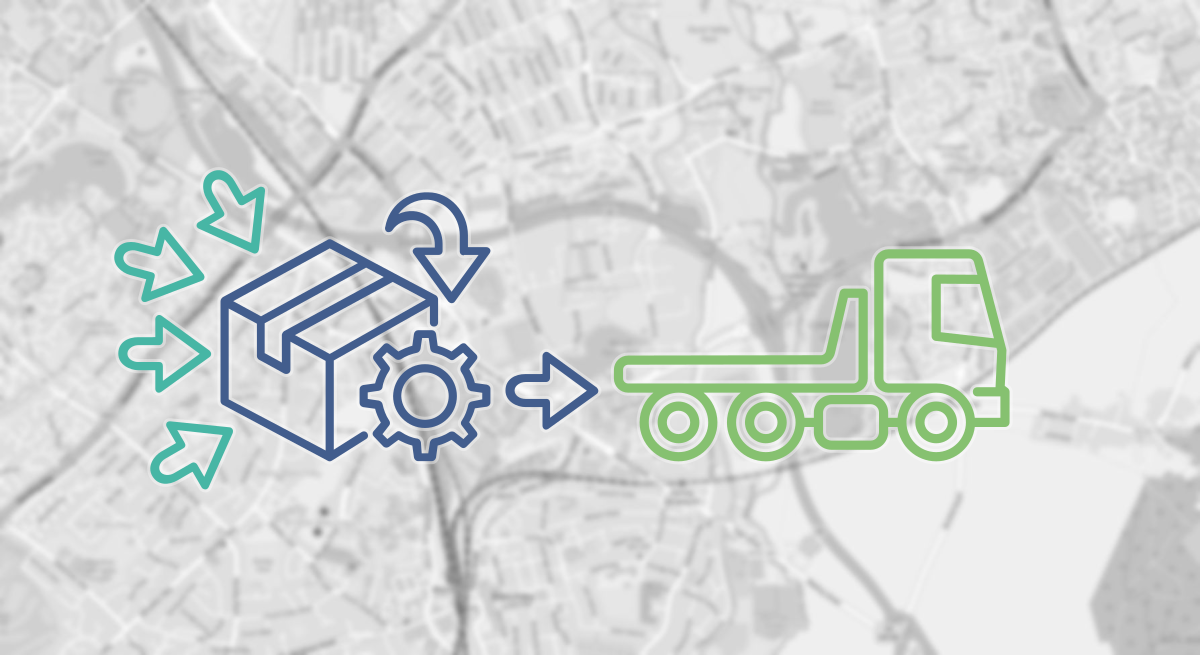Practical steps to get started with agile supply chain
Date: Tuesday, August 21, 2018
Agile supply chain is all about responding to change in a highly-variable commerce environment. We work with B2B companies who have high-variability settings and have learned a few things about how custom written software can give the edge. The fundamental question you need to ask of your business? "Is our software supporting our efforts to be agile in the supply chain?"
Order variance
Orders vary in two ways: in volume, and in content (from one order to the next). When orders come in in an unpredictable cadence, your software (and users) have to be able to handle it. Here are some practical questions:
- How much of our incoming order process is automated?
- Does our business really require us to have a human check every incoming order?
- Are orders from varying sources transformed efficiently and stored in one place?
- Do all our customers use the same format for submitting their orders?
- Is there one piece of software in our toolchain which is causing a bottleneck?
With good analysis and rapidly-deployed software, we can address each of these questions and situations. We have worked on software which imports and processes large, customer-specific orders, and we've built workflows to process orders from many varying sources into a common queue. In some situations, bespoke software is going to be required to integrate two software packages within your business which should be on speaking terms but aren't!
Order burst

When a sudden burst of large orders come at once, is your technology stack ready for high-throughput? If not, sometimes the answer is the cloud, and sometimes it isn't.
In the cloud, replicating your data across two regions, making a read-access geo-redundant copy, can improve throughput massively. The read-access copy takes the brunt of read operations as staff use their BI dashboards to get up-to-date insights, while the writeable copy handles incoming streams with ease. This is a standard feature in the (GDPR-compliant) Microsoft Azure cloud, where we store many customers' data.
Locally, we can work with infrastructure teams to diagnose slow data connections and suggest database optimisations.
Lastly, improving the reporting on your order data through new Business Intelligence views can help you to predict bursts, and prepare by scaling up.
Our approach
We write tools and integrations which augment and improve your software landscape. We can also suggest replacement systems, but honestly, any off-the-shelf vendor will tell you that the solution is to throw out whatever you're using and go with their holistic platform. That's not often a sensible or realistic approach. Agility means delivering the first thing that will help, as soon as possible, and that's what we're in the business of doing.
Think critically about the road-blocks in your journey to embracing agile supply chain. Then, if you want to explore the possibilities of software, come and talk to us - dozens of companies have already made us trusted their trusted partners for this exact reason.
 About Us
About Us Services
Services Sectors
Sectors Case Studies
Case Studies Blog
Blog Contact
Contact


